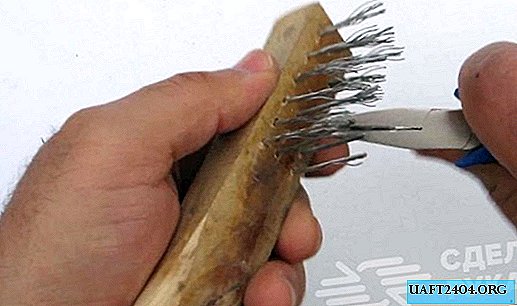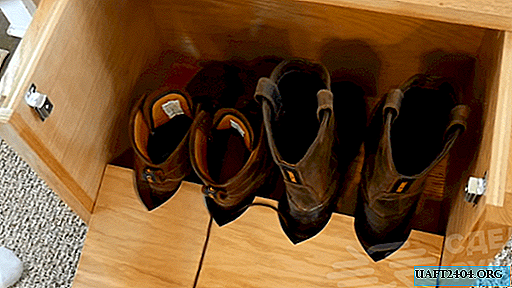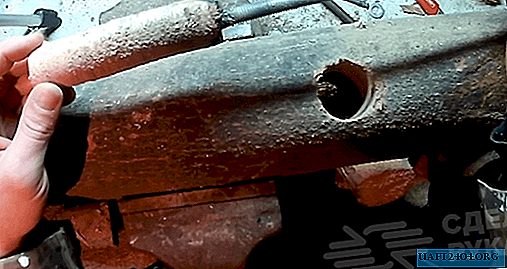Share
Pin
Tweet
Send
Share
Send
For powering such a lamp, for example, an old battery will go, which can no longer start the car’s engine, but for lighting in critical moments it will do. You can also use an old battery from a computer uninterruptible power supply. The battery from the uninterruptible power supply is enough for this lamp to work for several hours (the operating time of the LED lamp depends on how well the battery is preserved and how much it is charged). Video test fixtures, see the end of the article.
Converting an old fluorescent lamp to LED
For work, we need an old fluorescent lamp of any type and shape, for example, this.


Any LED strip with 12 volt power supply, if only you would like it, but preferably self-adhesive (it’s easier to stick it to the lamp housing).

Lock button to turn on. But you can use any other device, if only it was serviceable. You can toggle switch. And you can do without a switch at all, you just have to connect the wires to the battery every time.

The cable for connection is always copper, with a cross section of at least 1 mm. Square. Length according to your needs, but the shorter the better.
To begin with, we disassemble the lamp and wash all the details with a dishwashing detergent and dry it. Surprise how you got a pretty decent thing from the old little thing.

Next, we take the LED strip, try it on to the lamp and cut it into segments along the length of the lamp, but always in accordance with where you can cut it. The photo shows that the tape is as if cut and soldered. It’s this adhesion that needs to be cut with a sharp knife on a piece of wood. The power of your future lamp depends on the number of such pieces, and therefore the intensity of lighting. I cut myself three pieces of 49 centimeters. The power of the LED strip is 15 watts per meter and I get about 20 watts. For emergency lighting, I think enough. But if you want more then please. You can tape the entire inner surface of the lamp with tape, since there will be no heating (the tape does not heat up).

The next step is to solder pieces of tape into an electrical circuit. Carefully strip the ends of the tape near the cuts with a knife and solder the jumpers (pieces of copper wire) to the contact pads as in the photo.

When all the pieces of tape are soldered, then we glue them to the lamp housing, after gluing the pieces of insulation tape to the places where the sealed jumpers will be in order to avoid short circuit. Seal such places on top with pieces of insulation tape. Instead of a tape, you can treat the soldering spots with a glue gun. It will be even more reliable.

The next step will be the assembly of the electrical part of the lamp. We take the button and solder to it pieces of wire of 10 centimeters. We protect the soldering spots with shrink cambric, heating it with a lighter.

You can insert a button or a toggle switch anywhere in the housing as you like. I have done so.



Then we collect the scheme.


The lamp is assembled.

Now we will test the work by connecting to the battery.

LED lamp at work.

Now we determine the load current using a multimeter.

The current is 0.37 amperes, this is not a lot and a normally charged battery will last for many hours of continuous operation.
Share
Pin
Tweet
Send
Share
Send











